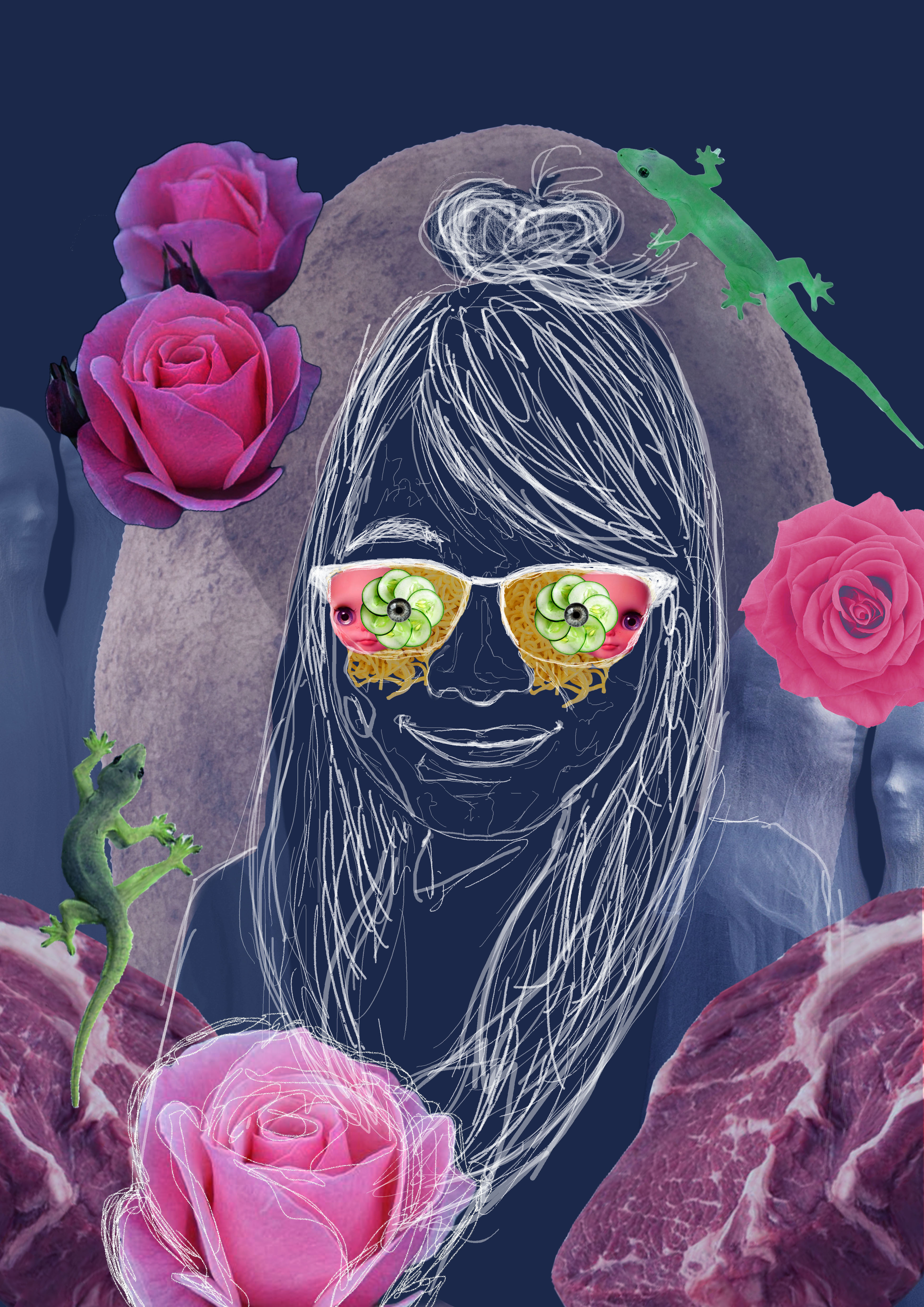
DV2002: Assessment #1 – Self Portrait (FINAL)


FINAL PRODUCT
Here is a video of how the ZINE looks like when flipped, and the following are a closer look on how the digital form looked like per page.

Outside Front Cover

Page 1

Page 2

Page 3

Page 4

Page 5

Page 6

Outside Back Cover
To see the previous project on Project 2 Part 1, click:
2D II Assignment 2 PART 1: “Zine: Neighborhood Explorer” FINAL
Concept
Guide around Telok Blangah with an elderly.
“Day in Telok Blangah guided by Uncle Tan. Readers get to go on an expedition with Uncle Tan, and he will show you around the places in Telok Blangah he like to visit, where he thinks you might like and what to do there.”
The story will go around the primary information and personal recounts I have gathered from the interviews I conducted, as well as secondary research such as location names.
Art direction
Heading in the direction of more whimsical illustrations that are more kid friendly.

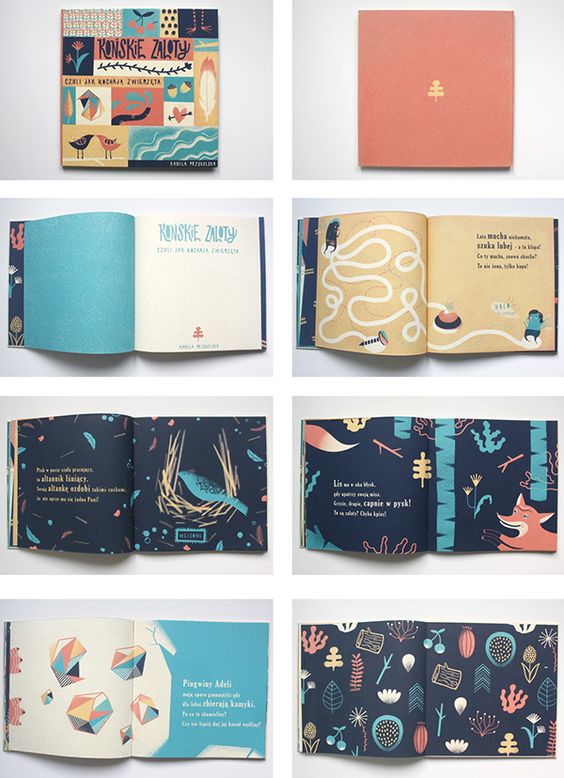 I really like the vibrant colors and how organic the shapes are! I also really liked the path which guided the viewers as to where they should look at! Hence I thought that paths can help me in my Zine. 🙂
I really like the vibrant colors and how organic the shapes are! I also really liked the path which guided the viewers as to where they should look at! Hence I thought that paths can help me in my Zine. 🙂
Change(s) in idea/execution (if any):
Wanted to use a more calligraphic font, but instead chose a font that has more of a personal handwritten feeling to it since the drawings are very hand drawn. So I chose to use the font: A little Sunshine.
Challenges
Enjoyable moments
Classmates’ Feedbacks and Comments! <3
This critique session was a little more different from the previous ones we had as Joy got us to shift to the left every 2 minutes, and giving a quick anonymous critique towards the Zine.
Oh my goodness… It was arms day that day. I have never felt my arm burn so much since the last time I did ‘A’ levels HAHAHA!!! So we were given an envelope to place all the 18 notes in the respective envelopes and also when we were presenting, some classmates gave their comments on post it notes as well! ^-^

Majority of the comments in the 18 notes I have received is that my font is too thin to be read against a dark background and readability was an issue! 🙁 And that the second spreadsheet was rather bare and empty as compared to the first spread. Really thankful for the feedback because these factors never really came to me since I’ve been looking at my Zine so many times I knew what I was writing and where I wanted to place it. Hence, through this, I have learnt that when a publication is made, it is very important that you see your publication in the eyes of the readers and not purely my own. I ought to see my ZINE like how I would if I were a total new stranger. 😀
Joy’s Comments and Feedbacks <3
With that, I conclude the end of Year 1 Semester 2 of FDN 2D II !!

To be honest I am rather sad as much as I am glad that the holidays are approaching 🙂 Really thankful to have such a nice bunch of classmates in this semester’s class who were so willing to help each other out and give kind and constructive feedbacks 🙂 As well as Joy, thank you for being my 2D teacher for the whole of YEAR 1 ! 2 SEMESTERS ! I have learnt a lot from you and it was an ultimate pleasure and JOY to be your student! Hope to see you guys again in my following years here in ADM!! 😀

Cheers,
Seng Yi Ling.
To be updated in Year 2 Sem 1~
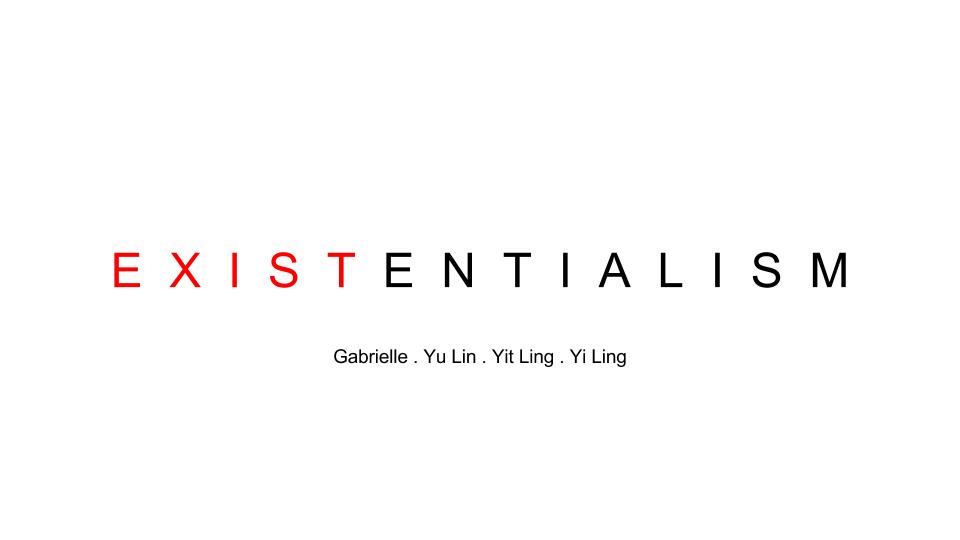
Our Group Proposal
Main Idea:
Our idea for this narrative site specific location is a set up in a post apocalyptic abandoned Singaporean bunker. The premise is that the room once belonged to a family of 3, and was abandoned after an unseen environmental calamity. The audience’s role will be to explore the space and slowly see what happened to the previous occupant, contemplate their place in the world, and possibly how to get out of the confined space.
The focus of the set will be on lights, sounds, and interaction.
Themes:
Planned location:
Lights:
Sounds:
Interaction:
References:
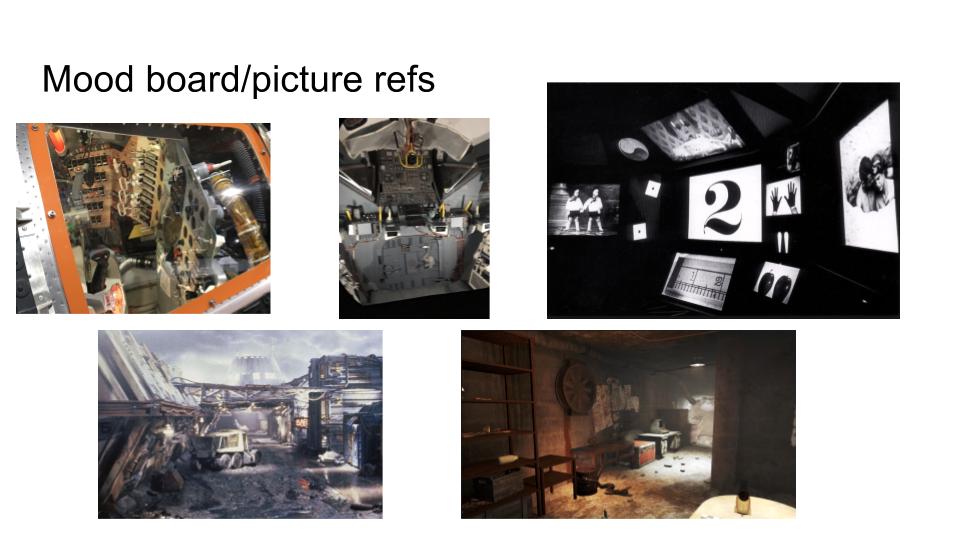 Methodology:
Methodology:Really hope that our installation will be really awesome!! SO EXCITED!! 😀
Stay tuned to our documentation post soon!!! ;D
Cheers,
Seng Yi Ling
GOOD AFTERNOON! This post concludes the FINAL of Part 1 Project 2 of Zine: Neighborhood Explorer presentation!
This is the infographics on Telok Blangah that I have finalized 🙂
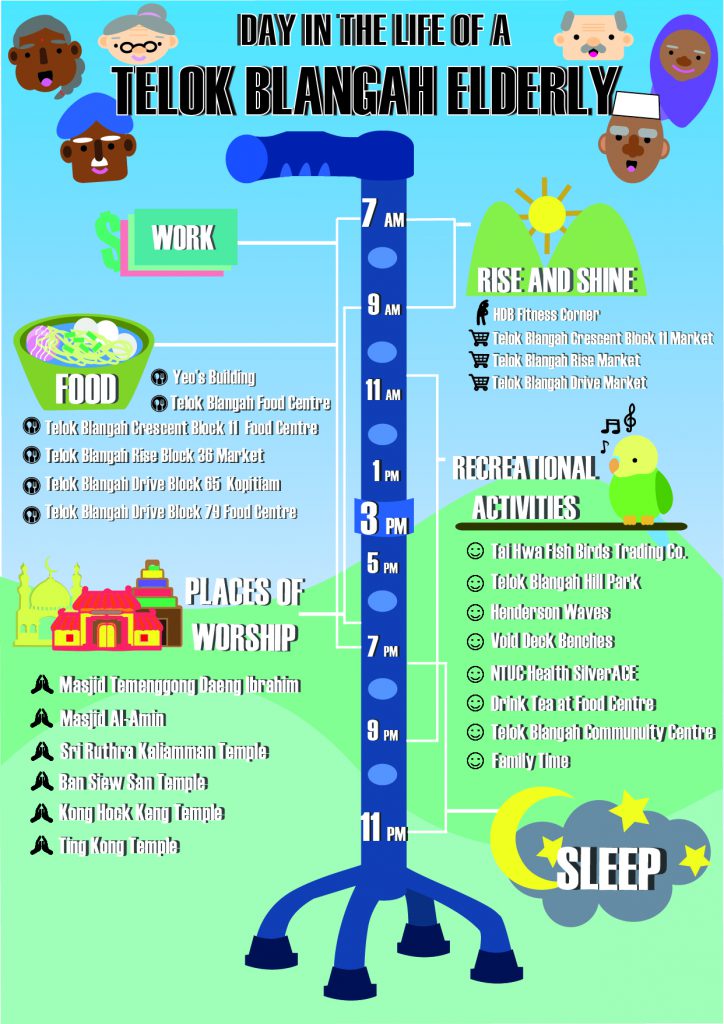

The data I have placed in my infographics are mainly from the Qualitative data (Personal Recounts)that I have gotten from interviews and secondary sources of the exact location names or address online that they have recommend me to visit.
Concept : Present it as a schedule like guide as to how an elderly in Telok Blangah gets by in a day.
Tone: Light Hearted.
Methodology

I was inspired to use time stamp and used this two infographics obtained from Pinterest. I extracted the range thing } from the chili infographic to mark out the time line.

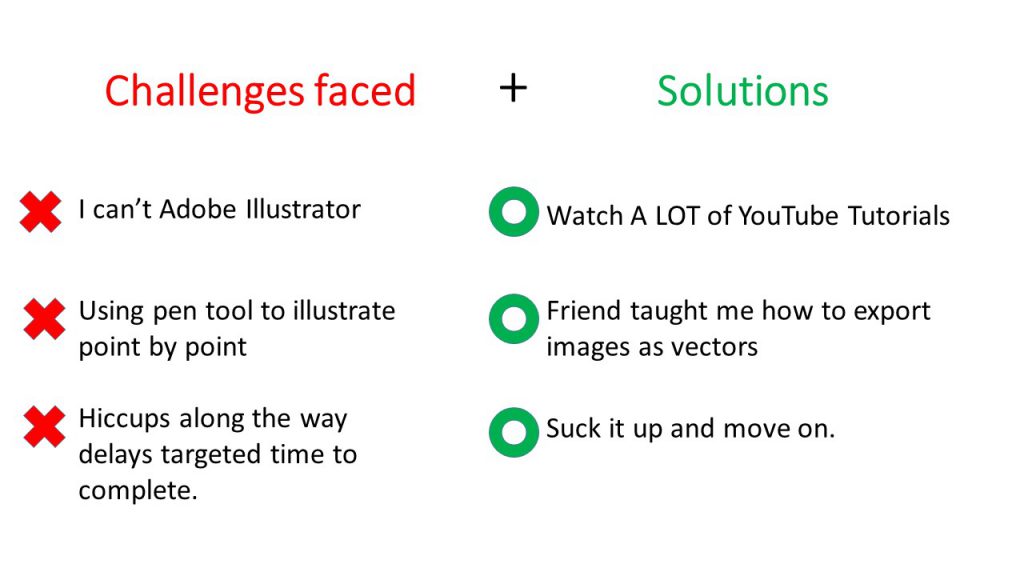
Classmates’ Comments and Feedback
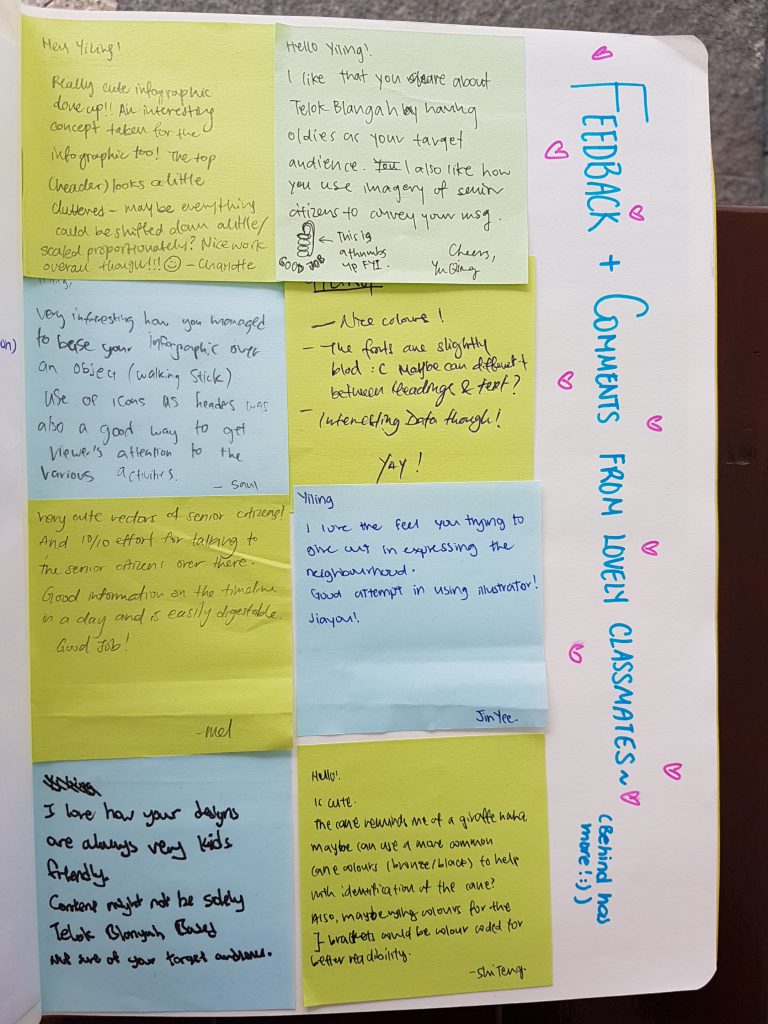
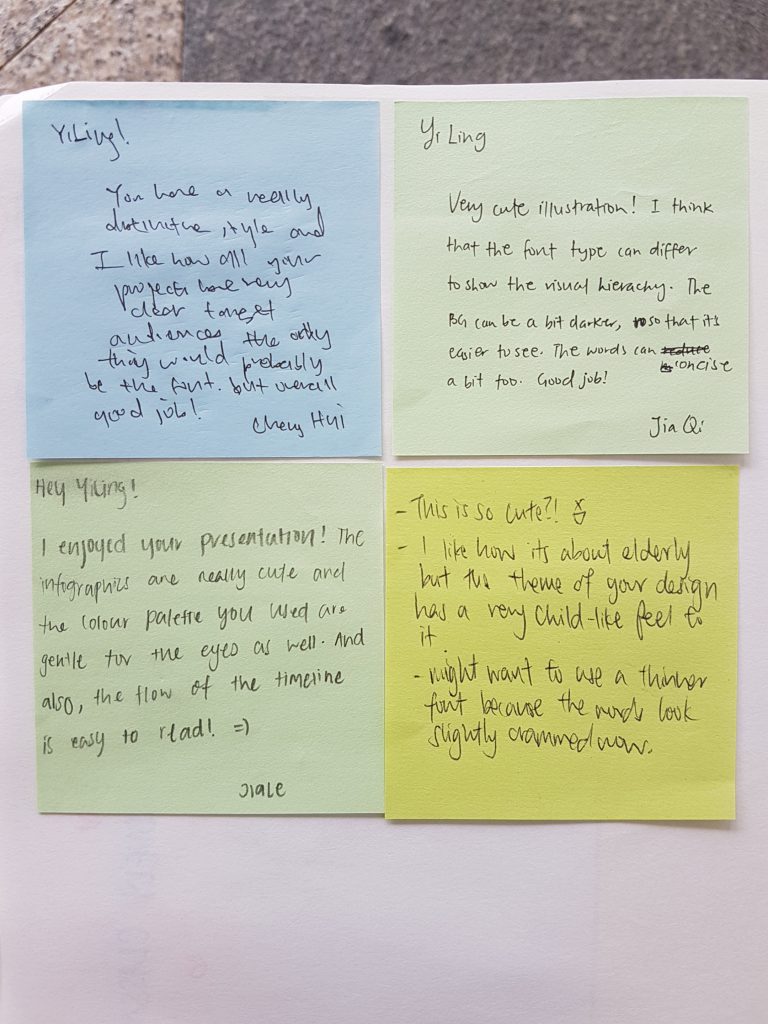
Joy’s Comments and Feedback 🙂
With that I conclude the completion of ZINE part 1 here and I’ll see you again in PART 2 😀

HELLO! So this is the second project for Year 1 Semester 2, which is actually 1 part of the entire project!
Part I( 2 Weeks) : Research, Sketches, Collection of Data and Presenting found data (soft copy) in a visually engaging manner.
Part II : Creation of Zine.
The area that I have gotten from drawing lots in class as to which neighborhood I had to embark an exploration to is…
TELOK BLANGAH

And what do I know about this place? ABSOLUTELY NOTHING. ZILTCH.

When I got the slip of paper that determines the choice of location for the rest of the semester, I even asked Joy,” Is this place even in Singapore??”
Oh well. One thing about this project is that the more foreign you are to the location, the better it is because you’ll be seeing things from fresh eyes and discover new things! 😀
SO LETS GET STARTED WITH THE RESEARCH PROCESS WOOHOO!!
SECONDARY RESEARCH ON TELOK BLANGAH
What is ‘Secondary Research’ – Secondary research is accessing information already gathered from the originator or a distributor of a primary research. For instance, like obtaining information from third party sources, magazine article’s or my friend’s grandfather’s sister who lives in Telok Blangah (just an example).
So I made some quick online research about Telok Blangah and to my surprise, I did find some interesting facts already!
SECONDARY RESEARCH ON
WHAT IS TELOK BLANGAH KNOWN FOR?

Nature. Telok Blangah at first glance online screams ‘NATURE’.
Population Estimate as of 30 June 2016 : 10,500
Telok Blangah Hill Park (10 Telok Blangah Green, 109178)

Terrace Garden Mostly used as just a walkway between Hort Park and Mount Faber. There is an undisturbed, idyllic ambience with a solitary gazebo sits atop the hill along with classical European white railings. Despite what a sight the garden is, the real spectacle to behold here is the panoramic view of the cityscape from a bird’s eye view.
Henderson Wave Bridge (Henderson Road, Southern Ridges, Bukit Merah, Singapore 159557)
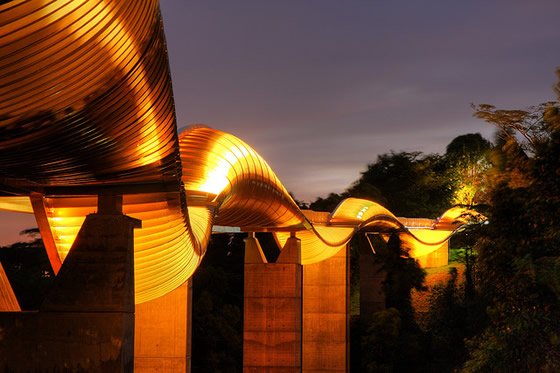
Singapore’s highest pedestrian bridge, at 36m above ground. Surrounded by greenery and bird’s eye view of the southern part of Singapore, the shell-like crevices doubles as shelters and is a great place for family and friends to relax there. The bridge is illuminated from 7pm to 7am daily.
Alkaff Mansion Ristorante (10 Telok Blangah Green)
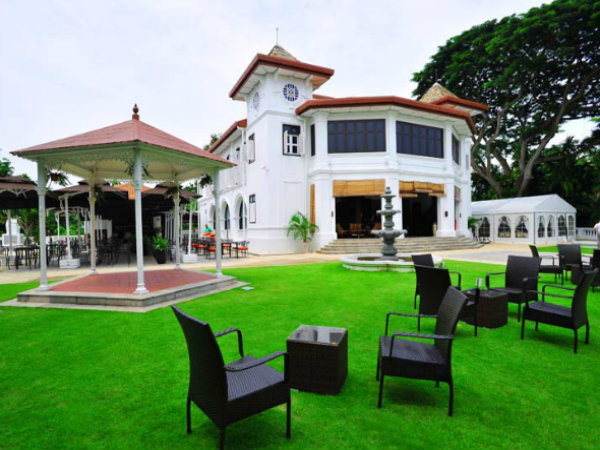
Built in 1918 as a weekend retreat for the illustrious Yemeni Alkaff family of spice traders. The Alkaffs ancestors arrived in Singapore from Yemen in 1852, and Alkaff Mansion was not only their family home, but also the venue for luxurious high society parties in the 1930’s – imagine Great Gatsby, Singapore style.
For an unknown reason, the mansion was abandoned after WW2, and went into a state of disrepair. With a large outdoor terrace, fountains, and a gorgeous interior, Alkaff is thought of as one of the most magnificent colonial houses still standing in Singapore. And now, it is an Italian Ristorante.
Old Habits Boutique Café (#01-315, 38 Telok Blangah Rise, 090038)
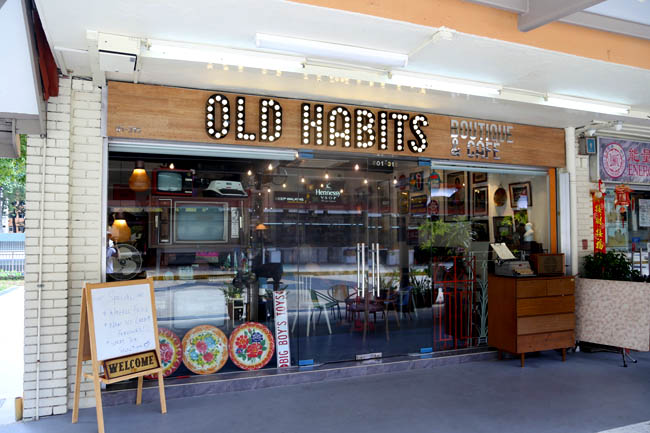
Nostagia is in. Old Habits is part vintage boutique and part café, a place to appreciate the lifestyle of the old eras and immerse in the memories of the past. The interior of the boutique café is docked with many vintage items from the past which the owner of the café, Donovan Goh collects.
This section concludes the secondary research I had done BEFORE I went on my field trip as of 15 Feb 2017. 🙂 The following segment will be on my documentation of my field trip!
FIELD TRIP DAY 19 Feb 2017
And so, I went to Telok Blangah with my trusty partner in crime ( Dad  ) for the field trip and thanks to him, I was able to cover more area on this foreign ground in Singapore!
) for the field trip and thanks to him, I was able to cover more area on this foreign ground in Singapore!
What is ‘Primary Research’? – Primary research is any type of research that you go out and collect yourself. Examples include surveys, interviews, observations, and ethnographic research.
So when I was on my way to Telok Blangah, I was not certain what I was looking for. Its either food or shops and I didn’t want to touch on the nature parks aspect as it is the most prominent aspect in Telok Blangah and I didn’t want to do something that can be easily found on the net.
So I went to look for Food first since we were hungry anyway.
FOOD in Telok Blangah

The place my dad and I went to eat at was 82 Telok Blangah Drive Market, I chose that specific location as it was within the Telok Blangah Mall area which I wanted to visit as well. Within the market, there was already a couple of lines queuing up for some local food which I also joined in to partake in the ‘Participant Observation’ aspect.
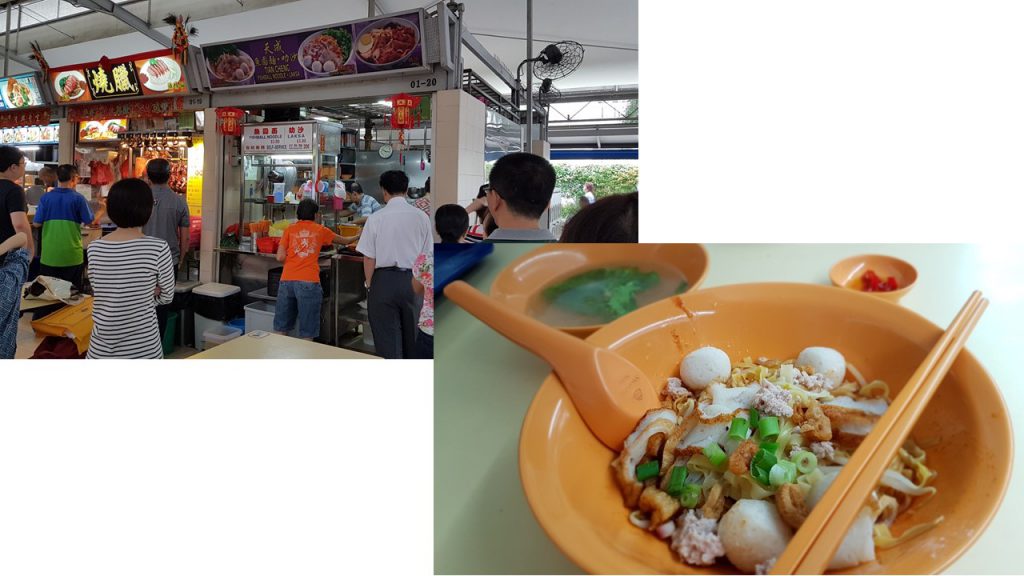
The noodles I queued for took 30 mins and I was pondering what was taking so long. I observed and saw that the owner and his wife were perhaps in their mid 60’s and the cooking process was rather unique. The Uncle cooking the noodles had a system where his wife is the one taking the order and frying up the fishcakes (which I believe is handmade), and he was the one preparing for the noodles. He was swift in his actions and he bounced on the balls of his feet. And was the noodles worth the 30 min wait? Well, lets say I have tasted better. But the fishcakes were good though.
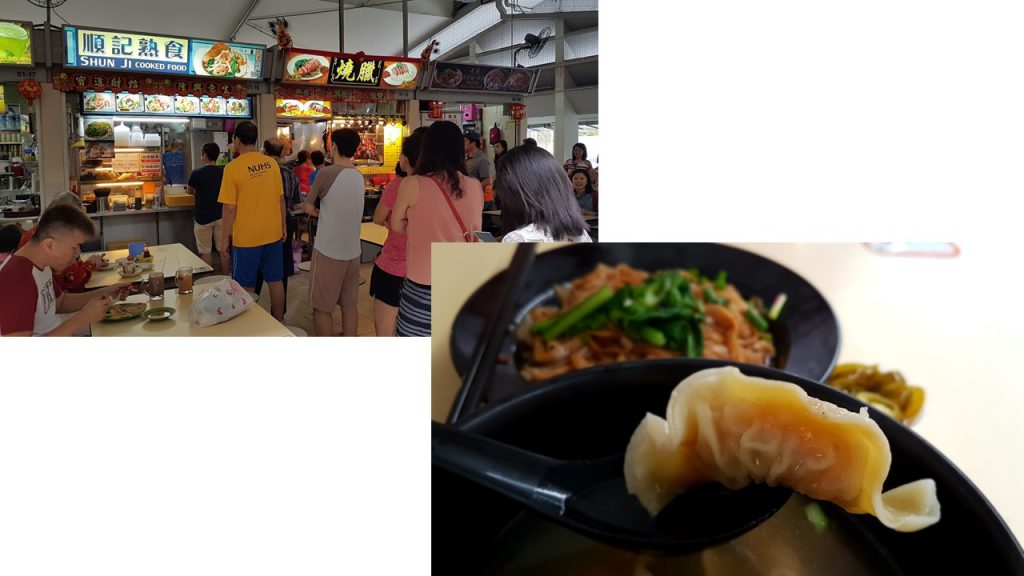
And I also tried Shun Ji Dumpling Noodles as the queue died down after lunch hours. The dumplings were smaller than the ones I’ve eaten , but they are packed with fresh shrimps and pepper! It was really good.
QUALITATIVE DATA COLLECTION
What is ethnography and participant-observation? What are some ways collecting data?
The aim of ethnography and participant-observation is to gain a close and intimate familiarity with a given group of individuals and their practices through an intensive involvement with people in their cultural environment.
Some forms of collecting data are conducting informal interviews, direct observation, and analyzing personal documents produced within an age group etc. It involves the characterization of Qualitative Research and can include Quantitative Dimensions.
What is qualitative and quantitative data? 
After which I toured around the market and was astounded to see that the wet market was extremely clean and spacious. There wasn’t a hint of poultry odor as the area was very well ventilated.
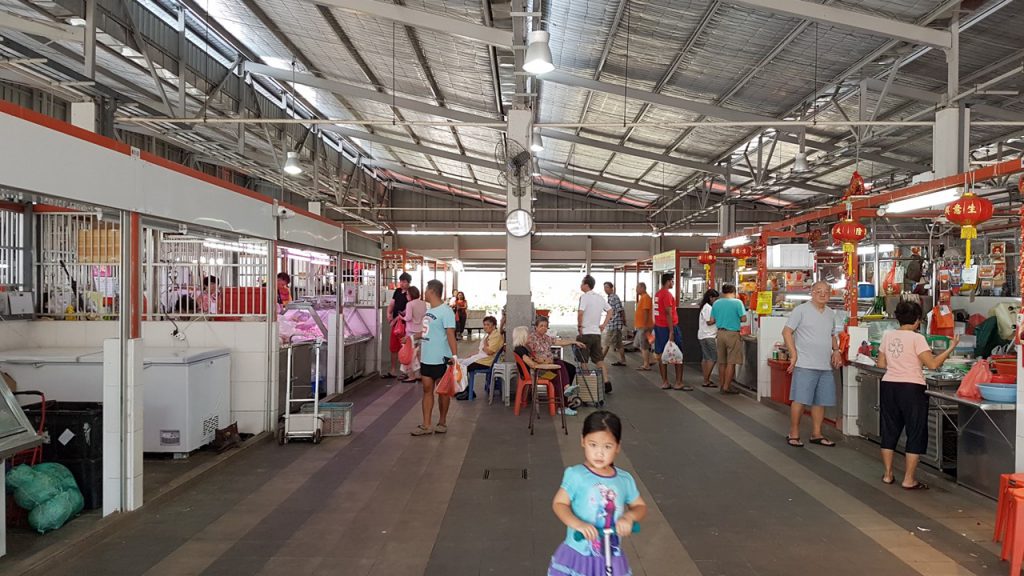
Turning into a corner, I saw an elderly lady tending to her Incense Paper shop and I plucked my courage to conduct a Qualitative Data collection with my 1st interviewee.
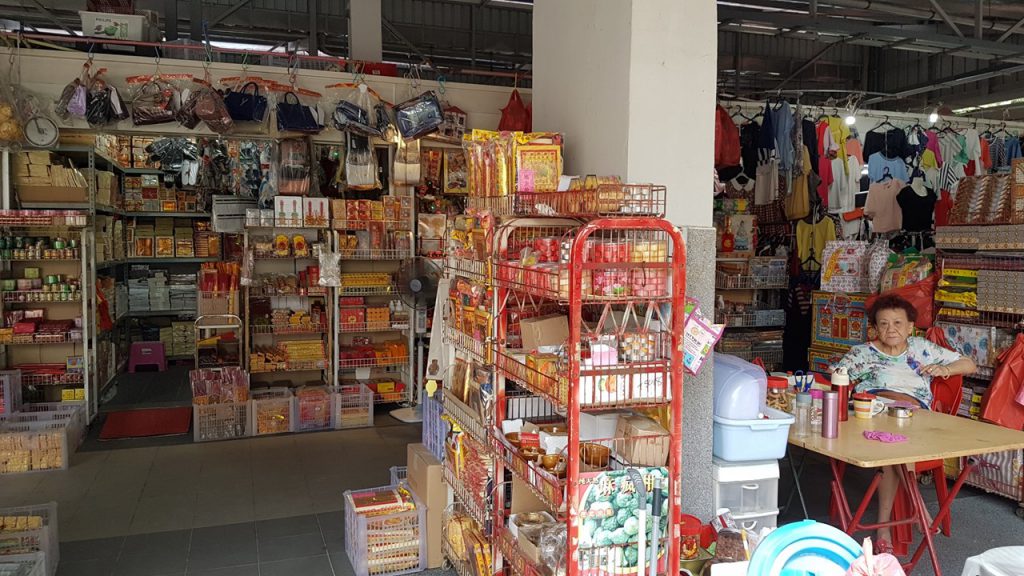
What I have gotten out from the interview:
Incense paper auntie has been selling incense paper for 10 over years, living here for 40 over years. She said that the difference between Telok Blangah then and now is that the markets aren’t as lively. She mentioned that there was a drastic decrease in the number of people living here. Don’t know where all the people go. Old residents die and the younger people don’t really want to move to Telok Blangah. Telok Blangah has more elderly people than youngsters. Houses here are all new now, not as before. She didn’t play a lot as a teen in this area, she was a housewife.
Shortly after, I was spurred to interview more people as I wanted to have multiple perspective of things and personal recounts of the resident’s perception of their own neighborhood. I walked around Telok Blangah Mall.
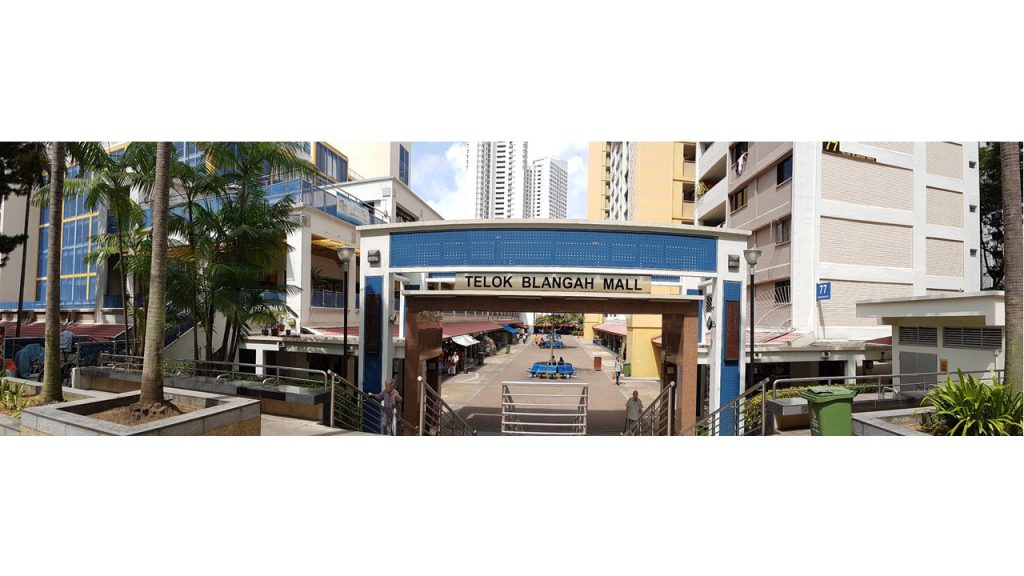
A little boy caught my attention as he was drinking Ice Blended Milo from my childhood cheap bubble tea shops and I asked him where did he get it. He brought me to the shop and I spoke to him. (grabbing my opportunities right here~)
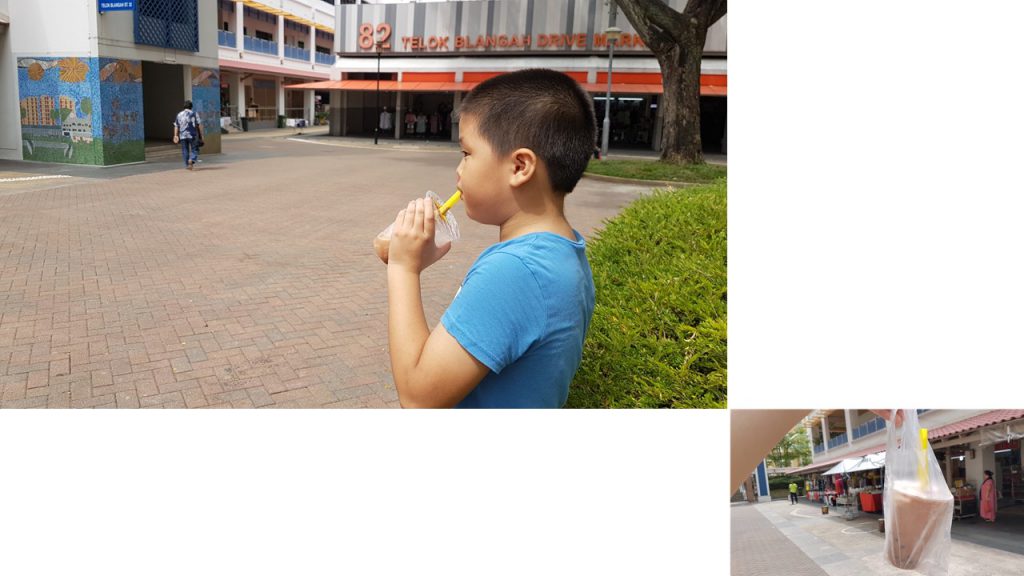
What I have gotten out from the interview:
The milo ice blended he has gotten is from the ‘old store’, not the ‘new store’ that was closed today. New one is called Mei Li Shop. He always buy at the Old store. HE IS BORN HERE. HE IS SINGAPOREAN ( he emphasized on that, I was not kidding with the caps lock). He questions my nationality haha. He is walking around here as his parents are shopping for things. He goes to his friends’ house to play after school. Play computer games and Ipad. Telok Blangah is very boring. His parents work at Tanjong Pagar and Raffles Place. He can go home on his own.

My dad is a vey good paparazzi. I didn’t even know he was secretly helping me document my explorations haha!
I saw an elderly sitting on his own and I guess that he lived here as he was sitting rather comfortably on the benches. Hence I approached him and asked him about his personal recount of his past in Telok Blangah.
What I have gotten out from the interview:
Uncle stays in the vicinity. Here is nice. Stayed here since 1980. No play. Now retired. Last time work at PSA Container Port. He is happy with his CPF. After eating at the market, he go home. Occasionally goes to the nearby shopping centre.
I was on a roll. It was a heat of a moment spur of courage and I went round searching for people who looked like they lived here and I was determined to collect as many personal recounts as possible. Which led me to this group of uncles who sat at the fruits stall discussing about their lifestyle.
What I have gotten out from the interview:
(In this group I’m interviewing consist of 4 uncles) 3 of them have been staying here for 10 over years, whereas the other has been staying here for 40 over years. Constantly asking me why am I asking them questions (they seem wary. I don’t know why). Here has no place for their leisure. Only form of leisure they can frequent is Marina Bay Sands (MBS) Casino or here at the fruits stall to talk to friends. Here is full of old people nothing else, its so dead here. Its a dead end. Eat and go home that’s it. Houses here 30 years ago used to be short and tiny, now is all high rise. The uncle (71 Years Old) whom I spoke to has been living here the longest came to Singapore in 31 August 1983, selling fruits since then. He was 30 plus when he started selling fruits. He was an immigrant, he ran from Russia to Singapore. He did not go for dates in Singapore because he was busy working. Work and go home. People who used to live here has passed on. Or if they are alive they eat their lunch, go home or sit with friends and talk.
One of the uncles told me that I should visit the 2 old temples behind to interview the elderlies as they have lived there far longer than any of them. So my dad and I went to look for the temples they’ve mentioned.

Sad to say, it seems like the elderlies has gone home at that timing we went, but the temple was really beautiful and intimate as it was rather small, and the devotees are the residents within the neighborhood.

While walking back to our car, my dad and I chanced upon this very vintage looking Mama shop (A mama shop or mamak shop is a convenience store or sundry shop in Singapore that is often located under a high-rise apartment block ) . Most Mama shops I recall as a kid are usually ran by Indians, but this was a Chinese Mama shop. The interior looked extremely different as well so I decided to speak to the owner.
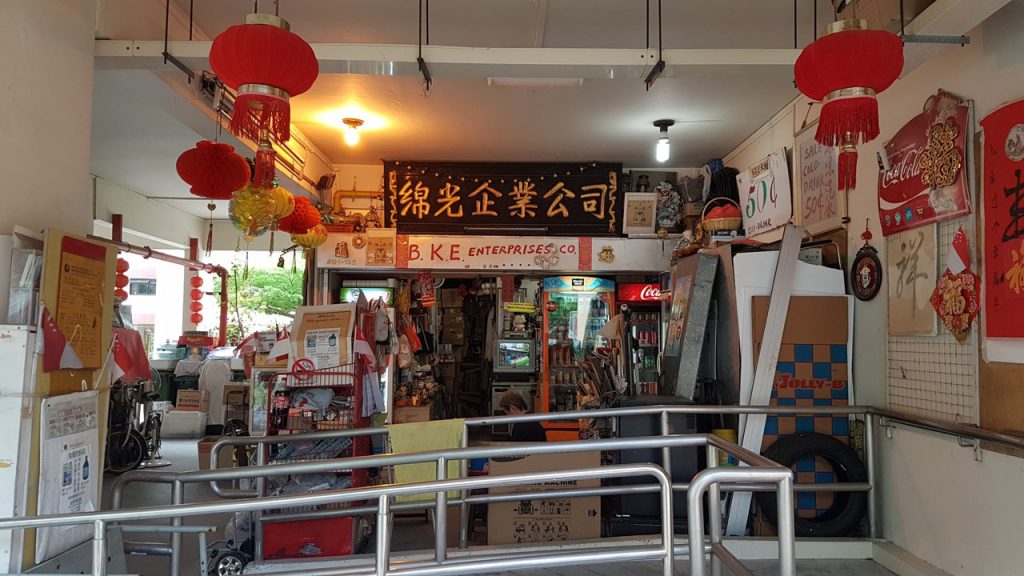


What I have gotten out from the interview:
Stayed here all his life. The company he worked for is 50 over years old. (the mama shop now used to be a part of a company, explains the grand shop sign) . Used to be in a office in Henderson Crescent ( location is at the back of a SGD$10 note), but got chased out by government to Tampines. Uncle started doing business when he was 23 years old, now he is 73 years old. Telok Blanagh here is a hill. Used to be a hill right here *Gesture area which has carparks and HDB flats* , government bombed the area to pave way for making roads and houses. Hill was as tall as Mount Faber. Used to have a very big temple on the hill, and a reservoir. Temple is so large you can see it from the distance, that was over 30 years ago. When he was younger, his childhood was playing in a natural cave in Mount Faber which has been sealed off by the government now. He went there often since he was 6 years old with his friends and his class teacher, playing with mud and clay to make dolls in the natural cave. Not like now, so many things to play with. Last time don’t have so many things to play with. In the past after playing he would go to the waterfall and hydrate himself, waterfall is contaminated now or even gone. Used to eat bird food (鸟饭)as a kid, the ones mother bird brings to their chicks . Venus flytraps are poisonous, they are inedible.
After speaking to the kind owner of the Mama shop, I wanted to visit Old Habits Boutique Café which I saw on my secondary research just to see if I would chance upon any younger age group of interviewees.

Surprisingly, the patrons of Old Habits Boutique Café were middle aged and families were there too for Sunday brunch. The interior was really beautiful and intriguing as it was heavily decorated with toys, vinyl records, sign boards collected from the past.


On my way back to the car, I was estatic to see a group of elderly men chatting at the Bird Shop along with their bird cages. I was even more estatic when I saw Parrots on the railings. I talked to the Parrot (What? Parrots can be a part of my Qualitative Data collection too okay? XD) .

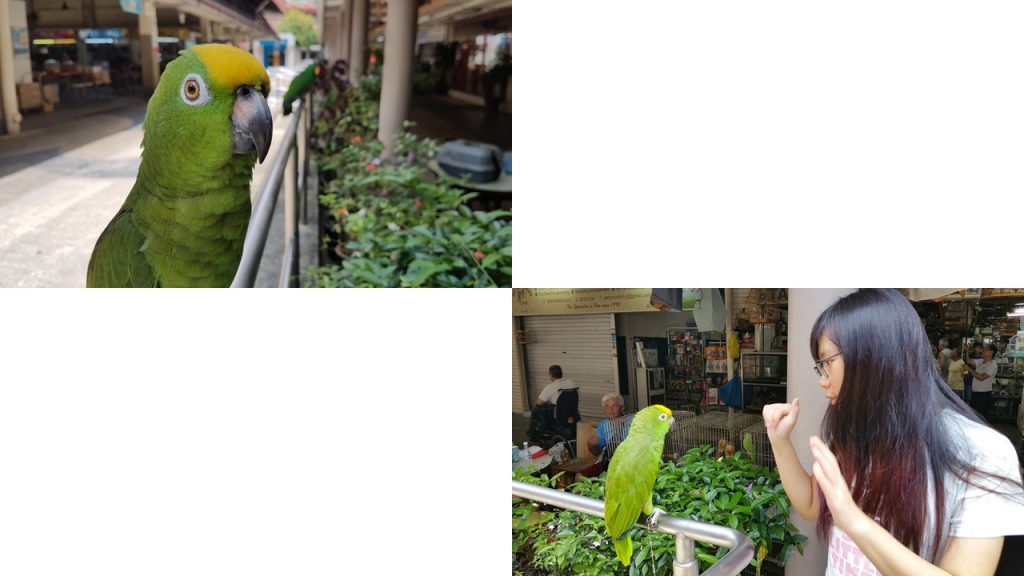
The owner of the parrots told me that he has lived here for many years already and part of his and his friend’s past time here is bringing their birds out to ‘Chat’ together as they drank their afternoon coffee.
Overall conclusion from Qualitative Data Collection:
How I would think of presenting my data for the infographics

Since, Telok Blangah is quite a hill infested area, I was thinking of presenting the infographics like this. Like a map.

Perhaps using real images to represent certain activities the residents do? Like eating, talking to friends etc.
What are infographics and how are they used to effectively communicate data? What other ways can we visually represent data?
Information graphics or infographics are graphic visual representations of information, data or knowledge intended to present information quickly and clearly. They can improve cognition by utilizing graphics to enhance the human visual system’s ability to see patterns and trends.
After my field trip today, I am sad to say that I still don’t have a concrete methodology as to how I would want to carry my Infographics out. But what I am certain of is that I would like my infographics to be based on my interviewee’s personal recounts and where they would frequent in Telok Blangah. This is not a very concrete resolution, but I would like to brainstorm more on how I would want to convert that to infographics.
That’s all for today!

Hope that the next time I post would be more concrete!!
Cheers,
Seng Yi Ling.
Alter Ego Assignment 1
Script/Plan
“When you were younger…”
Themes:
Characters: Me (Current) + Grandmother
Reason to meet: Granddaughter visits grandmother.
Place for them to meet: Grandmother’s living room.
Incident to set up/respond to: Granddaughter reminisces about her past. She recalled her grandmother used to comb her hair as she sat on that couch when she was little.
Scene set –up: After taking a bath, Yiling walks to the living room to get her comb. Yiling sees Grandma sitting on the couch resting and this reminded her of the old times.
Dialogue:
(To be confirmed because not certain if grandmother can remember the script. If not will just improvise on the spot to get a more realistic and documentary type of an actual dialogue between me and my grandmother.)
Y – Yi Ling; G – Grandmother
(The dialogue will be in dialect)
Y : Ah ma, comb my hair for me?
G : aiyo so big already still want ah ma to comb hair for you ah?
Y : *while G was combing Y hair* Ah ma do you still remember how was I like as a child?
G : Aiyo last time when you were a little girl………(talks in detail about my naughty incidents as a child for maybe 40 seconds)……….and now you’re so big girl already. Wah time passes so fast…
Y: Ah ma, you do know that even though I was so naughty to you last time, I love you a lot right? Even now so.
G: Aiyo, I know hahahaha.
Explanation
The above is the dialogue I had initially wanted to carry out between my Grandmother and me. I had the idea to have an intimate conversation with my grandmother by talking about my past, which her expressions and her memories of me would bring her character out better. Be that as it may, much improvisation had to be carried out to head in the direction that I wanted instead of following the script I had planned out word for word.
Through this dialogue, there is a tight relation between both characters: My Grandmother and Myself.
I felt deeply that this dialogued recorded cannot be replicated or reproduced by anyone except for the both of us. Stories may vary when asking a different person who shares the same memory, but this story only makes sense when told by my grandmother and questions imposed by me.
In Depth Character Profiling (Updated)

My grandmother’s whole life is dedicated to taking care of the house and providing a home for her children, as well as practically taking me under her wing ever since I was born because my parents had to go to work. Her love language is more of ‘Acts of Service’ rather than ‘Words of Affirmation’. Hence, towards the end she replies my expression of love towards her with a mild chiding tone and shy chuckle.

My character in this dialogue is more of a reminiscing and a questioning one. Unlike my grandmother who is always at home and hardly steps out of her house, I am constantly on the move with time. My childhood is something I cannot revisit, and it will only be a fragmented piece of memory. Hence, this conversation with my grandmother about my past, adds another perspective on the same memory I had. In addition, it feels heart-warming to hear from my grandmother’s perspective of her memory of my childhood self.
Methodology
I added some clips between the dialogue footage not only to spice up the stagnant one-frame-middle shot, but to set the scene of where the dialogue was set up.

Such as my grandma’s HDB Flat scene, clock ticking (in my grandmother’s house), the swaying Bougainvillea flowers planted by my Granddad before he passed on (appears when Grandma and I were talking about him) and the ‘Block 321 Clementi Ave 5’, which is the neighborhood area of where my grandma stays at.
In addition, the clips are included to provide visual aid instead of having the viewers to just imagine something they might have never seen before.

Such as the process of her preparing food for me and the food that I loved to eat as a kid, exactly as the way how she prepares them.
For this part, I was inspired by a certain scene in The Virgin Suicide, where Trip and Lux were in the auditorium:
I liked the idea of how the narration in the lecture are in sync with the actions between Lux and Trip. For instance, at the 0:13 mark when the narration in the lecture says, “One high pressure and one low, coming into contact with another.”; and that is when Lux and Trip’s elbows touched. Hence, I was inspired by that scene and I added to the food scenes when the food my grandma listed out appears onscreen simultaneously.
Something that I have observed when I was adding subtitles to the video, is that how the subtitling was done really sets the atmosphere of the dialogue and film as well. While editing, I was pondering between translating the conversation for what it means in formal English, or should I translate it for what it is: Informal and light hearted conversation between a grandchild and a grandmother. As you can see, I went for the latter.
I included ‘Using Motifs to express Themes’ a couple of times in this project.

Clock Ticking footage and the Block Number 321 footage to express my theme:
Both motif involves numbers. The clock showing that time is never stopping as much as we reminisce, and that ‘321’ is a form of counting down to the days we have left.
Difficulties faced

 I narrowed down 3 characters I wanted to work with from the list which were potential candidates for my Alter Ego dialogue assignment, which are:
I narrowed down 3 characters I wanted to work with from the list which were potential candidates for my Alter Ego dialogue assignment, which are:
Violet:
 Myself (When I was 8 years old + 20 year old self now):
Myself (When I was 8 years old + 20 year old self now):
 My Grandmother:
My Grandmother:
sss
Place of significance: My Grandparent’s House
Q: Why does it make you feel the way you feel? Are there any particular features or qualities about the place that evoke those feelings? Is it people, the environment or a combination?
I like to feel safe and stick to the things I am used to and familiar with, because I already know nothing bad is going to get to me.
My grandmother is very similar to me when it comes to preference. We both like things of the past. So she tries to retain the way things were when she first moved in the HDB flat, and never buys something new or modern unless the new replica of the broken product cannot be found anymore. Hence, the place is very much like the way I was as a child as far as I could remember.
The non-slip mustard tiled grid floors, traditional Chinese tear-off calendar, wooden rice container etc. looked the way they were for my whole life. Being in my grandmother’s house makes me feel like a little girl again every time I visit.
It is a combination of both the people and the environment really, that evoke those feelings of nostalgia, safety and lots of love. My grandparent’s house will not be the same as it is without my grandmother nor the feeling will be the same if my grandmother is living in a totally different house. I felt that difference the most upon the passing of my grandfather. Hence, the emptiness portrayed in the photographs is evident in my photos.
Q: What would you like to share with us?

Richard Billingham, Untitled (Ray’s A Laugh 6), 1995
I was quite inspired by one of the reference artist, Richard Billingham. He was able to evoke the personalities of his subject matter and scenario, while being frank and authentic. He say he feels better when he doesn’t use a digital camera as he does not want to keep looking at the photographs behind the screen be bothered by how he can repetitively take a better photograph and he no longer knows what is he doing, so he thinks it is better if he cannot see what he has done at that moment, and then look later when the film is developed. I could relate to how Billingham feel regarding using a digital camera or smartphone to take photographs, as I would be so concerned about how pretty a photograph looks, I forget my initial intention: to take a meaningful photograph instead. A lot of his inspiration comes from childhood, which is what captured my attention initially.
The reason I shot the photographs from a downward angle is because I wanted to recreate the perspective I had as a child: Small and curious. I enhance the colours to replicate how the actual scenario looked like off camera, it is because this is how I see things: In colour, the way it is.
Upon taking the photographs, I was trying to look at the parts in the house that caught my attention the most at that age. I recall climbing up the table counter from the kitchen stove area so that I can reach the ‘Mamee Noodle Snack’ in the cabinet my grandmother hid from me before dinner. Hence, this photo of the kitchen counter. (Photograph 2)
The area where I played ‘Masak Masak’ with my grandmother’s bowls in the wooden cabinet, mixing my milk powder formula with the raw rice in the wooden bucket. (Photograph 4)
The cooking area where I watched my grandmother cook as I snuck a few pieces of piping hot luncheon meat into my mouth the instant she plated them. But of course, I think she knew. (Photograph 1)
All of these scenarios ended the same: My grandmother carrying and scolding me in Teo Chew dialect while I writhed and kicked in annoyance all the way to the living room where it is ‘safer’ for me to play as my grandfather would be watching me while he dozes off.
Problems faced when I was doing this project is that I was unable to capture the entire scenario. Like for instance, this photo feels incomplete without having that table. But if I were to manually move the table into the photo I am taking, the photo loses its significance because it feels staged.
However, if I were to stand in a position where both the table and the scenario I want to capture can be simultaneously captured, it still feels wrong because there is an extra materials in the photo that I don’t wish to capture.
Doing a panoramic shot of my world feels very spherical and some objects have too much depth when it is actually rather flat. Hence, the photos I have taken feels… missing of some emotions, or too many elements to focus on.
~~~~~~~~~~~~~~~~~~~~~~~~~~~~~~~~~~~~~~~~~~~~~~~~~~~~~~
These are the 4 images I have selected that best convey the world that is significant to me:

Photograph 1: A panoramic view of my world

Photograph 2

Photograph 3

Photograph 4
To conclude, as I grow older I have learnt that society does not work the way it does at home. I have to learn to try new things, be adventurous and take a leap of faith. But very much, most of the times I feel that doing these are very daunting and foreign to me, and that is where I rely on things that remind me of my safe haven. Since childhood is something I can never ever go back to, holding dear memories of it and being in places that reminds me of them is the least I can do to comfort myself when things gets too scary, it allows me to know how much of a person I have grown into, and how much more I have to know and grow.